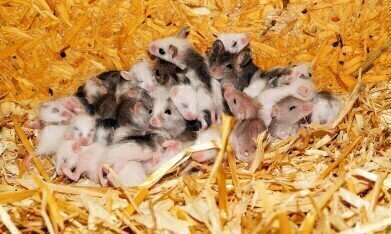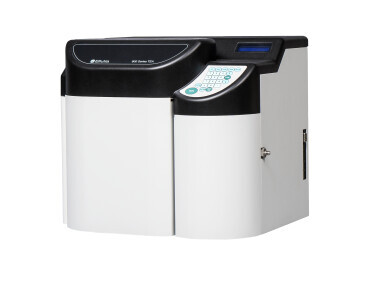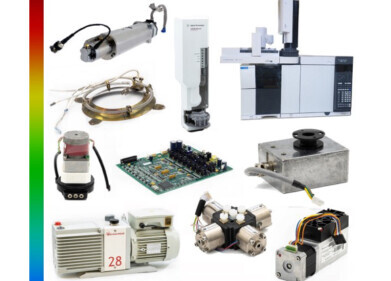Chromatography
Can Lab-Grown Eggs Create Healthy Life?
Oct 23 2016
Ever since the arrival of Dolly the sheep, there’s been fierce controversy over whether or not artificial life is ethical. But doubts haven’t stopped scientists from experimenting, and continuing to probe if it is possible to create healthy life from lab grown eggs.
This month, a team of Japanese scientists has pushed boundaries like never before, and now claim that they have created a litter of perfectly healthy baby mice, using nothing but rodent skin cells. They created the eggs entirely from scratch, and even maintain that the babies will be able to breed and give birth to new offspring when they’re fully grown.
A fertility breakthrough?
It’s a huge milestone for the scientific community, with experts suggesting that the findings could eventually translate into the fertility treatment sphere.
"One day this approach might be useful for women who have lost their fertility at an early age, as well as for improvements in more conventional infertility treatments,” comments Prof Richard Anderson, a research fellow at the University of Edinburgh’s MRC Centre for Reproductive Health.
That said, there’s still massive amounts of groundwork to be done before the artificial creation of baby mice can leap to the creation of fertile human eggs.
Giving cells the ‘Benjamin Button’ treatment
To translate the findings to a human fertility context, scientists would need to build on existing research and accomplishments, including the artificial creation of sperm. Yet unlike Japan’s latest mouse egg feat, this study relied on the use of an immature embryonic stem cell, which is versatile enough to transmute into any type of cell. To start from scratch with nothing but a mature skin cell and get it to morph into an egg is not just a challenge, but a scientific stroke of genius.
So how did the Japanese team manage to pull off such an exploit? Led by Professor Katsuhiko Hayashi they extracted adult cells from a mouse tail, then converted these cells back into juvenile versions. They then coaxed these undeveloped stem cells into eggs, which they then fertilised using sperm created in the lab. As the eggs matured, they were supported by tissue harvested from existing embryos. The fertilised eggs were then transplanted into the wombs of fully grown female mice, and went on to develop as healthy babies.
Ethics, eggs and embryos
Now, the spotlight has switched to the question of what barriers stand in the way of using the same method to grow and fertilise human eggs. Needless to say, ethics and safety are two major concerns. Some experts warn that artificial egg flaws could be passed down from generation to generation, while others see harvesting human embryo tissue as wildly unethical. That said, discussions with regulatory bodies are already underway, with pro-lab supporters calling on the scientific community to spark a debate, and involve the wider public in the conversation.
For more insight into the latest genetic lab advancements, ‘Chromatrap®: A fast, Reliable High-Throughput ChIP-seq Assay for Genome-Wide Protein-DNA Analysis’ spotlights an exciting new technique used to execute genome-wide profiling of DNA-binding proteins and histone modifications.
Digital Edition
Lab Asia 31.2 April 2024
April 2024
In This Edition Chromatography Articles - Approaches to troubleshooting an SPE method for the analysis of oligonucleotides (pt i) - High-precision liquid flow processes demand full fluidic c...
View all digital editions
Events
Apr 28 2024 Montreal, Quebec, Canada
May 05 2024 Seville, Spain
InformEx Zone at CPhl North America
May 07 2024 Pennsylvania, PA, USA
May 14 2024 Oklahoma City, OK, USA
May 15 2024 Birmingham, UK






.jpg)











